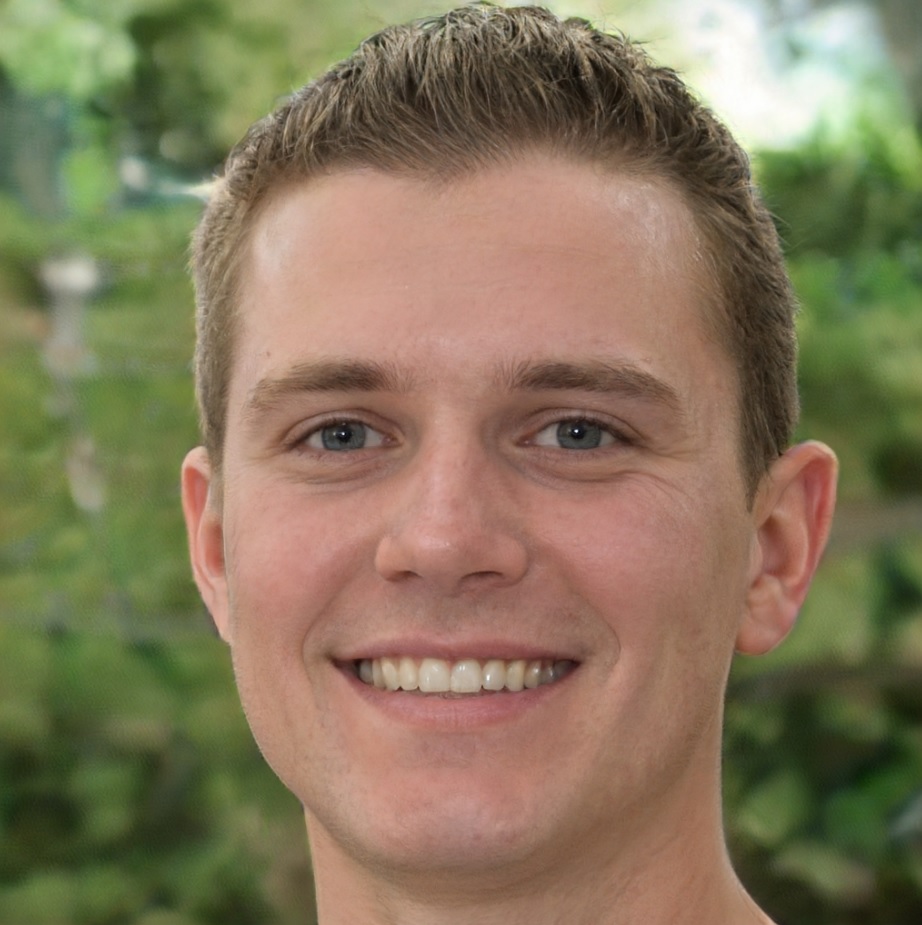Introduction: The Growing Need for Home Health Care
Picture this: Mrs. Thompson, an 82-year-old widow, once found herself dependent on others for everyday tasks due to arthritis. But now, she’s back to preparing her meals, gardening, and even knitting, all from the comfort of her home. How? Through the marvels of home-based occupational therapy. As our global population ages, the desire to age in place and recover from illnesses at home grows. Home health care, particularly occupational therapy, plays a pivotal role in this shift.
What is Occupational Therapy?

Occupational therapy is a lifeline for many. At its core, it’s about helping individuals, regardless of age, to participate in the activities of daily life. Whether it’s assisting a stroke survivor in relearning how to tie their shoes or aiding a child with developmental challenges to play and interact, occupational therapists pave the way for improved quality of life.
The Rise of Client-Centered Care in Occupational Therapy
In the world of health care, one size does not fit all. That’s where client-centered care comes into play. This approach places the client’s personal needs, desires, and goals at the forefront. Instead of a generic treatment plan, therapists tailor strategies specifically for the individual. And the outcomes? They’re transformative. Personalized care leads to better engagement, faster recovery, and a higher satisfaction rate among clients.
Advantages of Home Health Occupational Therapy
Research has shown that patients receiving therapy at home tend to have better outcomes. Why? Familiar surroundings often bring psychological comfort, which can accelerate the healing process. There’s also the added benefit of real-world application. Therapists can directly see the challenges faced by clients in their living spaces and tailor strategies accordingly. Take, for instance, Mark, a war veteran. After losing a limb, he struggled with navigating his two-story home. But with home-based therapy, he not only regained mobility but also modified his space to be more accessible.
Challenges Faced in Home-Based Occupational Therapy
While the advantages are numerous, there are challenges too. Home environments vary greatly, and not all are suited for therapy. Some spaces might be too cramped or lack necessary tools. Moreover, distractions at home might deter the effectiveness of sessions. But with innovation and adaptive strategies, many therapists overcome these hurdles, ensuring that each client receives top-notch care.
Implementing Best Practices for Effective Client-Centered Care at Home
For any therapy to be effective, understanding and research are key. Therapists delve deep into their clients’ lives, understanding their routines, challenges, and aspirations. This forms the foundation of a successful home-based therapy plan. Furthermore, professionals must continuously update their knowledge. New studies, techniques, and tools emerge regularly. By staying informed, therapists can offer the latest and most effective strategies to their clients.
Read: 280+ Health and Wellness Quotes
The Future of Occupational Therapy in Home Health
Technology is shaping the future of home health care. From virtual reality sessions to advanced mobility tools, the face of occupational therapy is ever-evolving. As more research is conducted, the integration of tech with traditional methods is predicted to rise. This blend not only offers diverse treatment options but also caters to the tech-savvy younger generation, ensuring that occupational therapy remains relevant for all ages.
Conclusion: Embracing the Shift to Home-Based Client-Centered Care
The shift towards home-based, client-centered occupational therapy is not just a trend; it’s a necessity. As our societies progress, so do our health care needs. By embracing this shift, we ensure that individuals, like Mrs. Thompson and Mark, continue to lead fulfilling lives. Whether you’re a therapist, a patient, or someone with a loved one in need, understanding and advocating for home-based occupational therapy is the way forward.

